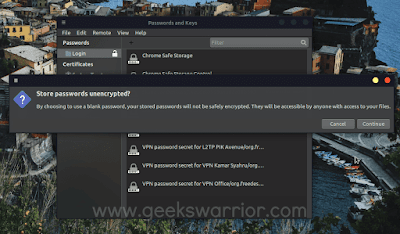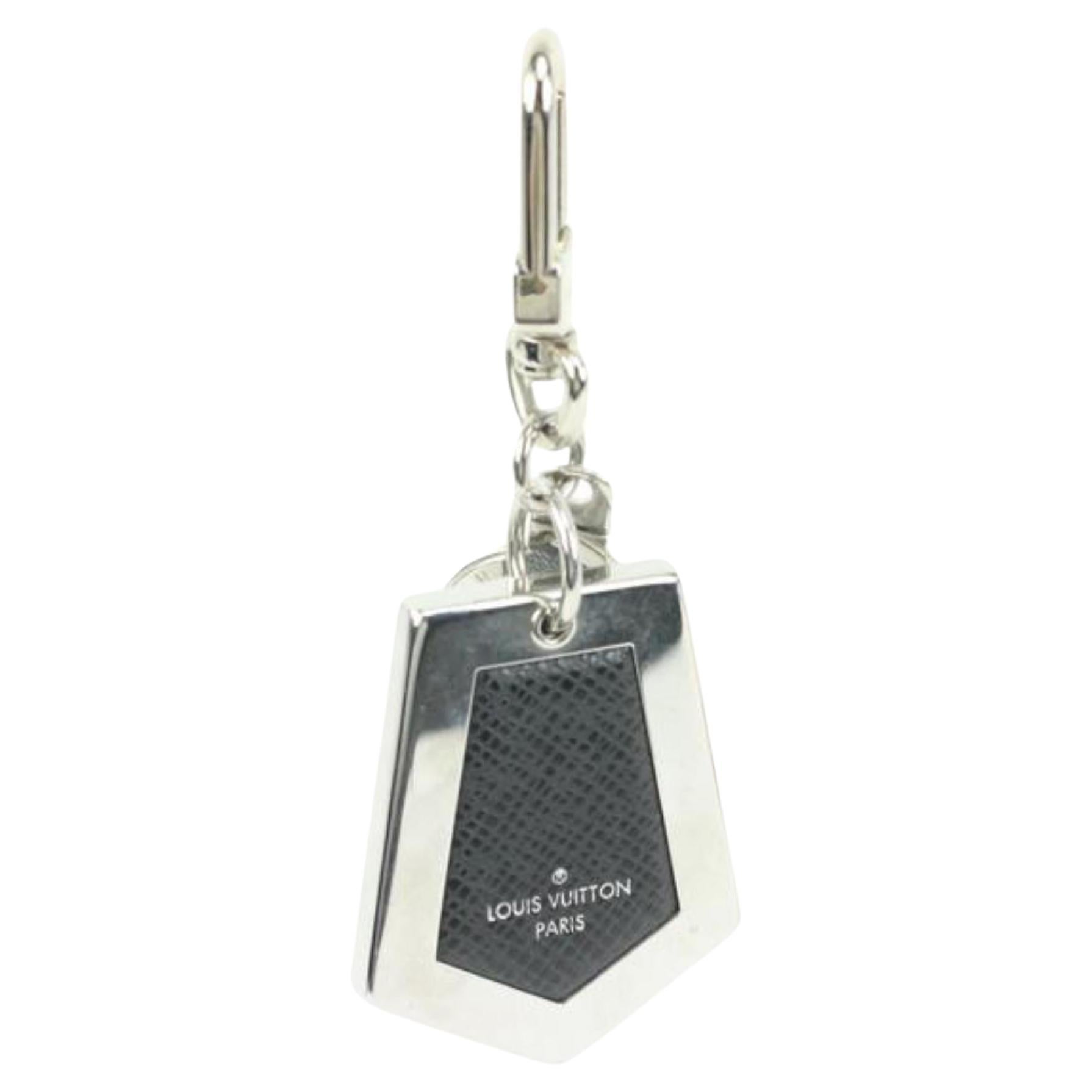

- Disable keyring mailspring mac os#
- Disable keyring mailspring install#
- Disable keyring mailspring password#
No errors were shown when I ran the commands, but mailspring is still showing the same problem. You have two options to fix the keyring message from appearing all the time. I did it and then started the daemon with the command: eval (/usr/bin/gnome-keyring-daemon -start -componentspkcs11,secrets,ssh) export SSHAUTHSOCK.
Disable keyring mailspring install#
If you still need help, we recommend you email with a detailed description of the issue you are experiencing. So I went to the arch wiki and found out that I should install libsecret and gnome-keyring.
Disable keyring mailspring password#
Since we store secure data for each email account you have, we've found once you link more than a dozen or so email accounts, we can approach the limit of the Windows password manager. Windows has severe restrictions on the amount of data we can securely store. I'm on Windows and I have a LOT of accounts Install gnome-keyring and/or libsecret from your package manager and try running Mailspring again. If you are getting this error on Linux, and aren't on a guest account, it's likely that you don't have the proper keyring installed. I'm not on a guest account, but I'm running on Linux Make sure that you aren't on a "guest" user account or any user account without a password. This could mean that you don't have a keyring installed on your computer, or you are using Mailspring from a user account that doesn't have permission to access the keyring. Enter your old password and leave the new password blank. If you are getting a Password Management Error, it's because something went wrong when we tried to access your computer's keyring. Open Applications -> Accessories ->Password and Encryption Keys. Why am I getting a Password Management Error?
Disable keyring mailspring mac os#
(On Mac OS X, this is known as a Keychain). Mailspring stores your Mailspring ID password and your email credentials in your computer's keyring - a database that encrypts your passwords on disk using your system's login password. private/var/folders/./ are phasing out Zendesk. More info on the subject: Disable keyring.

private/var/folders/./Mailspring Crashes Go to your original 1st post (top of topic), click the edit pencil, add Solved at the beginning of the title and click Submit. ~/Library/Logs/DiagnosticReports/Mailspring_YYYY-MM-DD-HHMMSS_.crash ~/Library/Application Support/CrashReporter/Mailspring_.plist Make sure that you aren’t on a guest user account or any user account without a password. Here are a number of other locations where you may find files left behind by Mailspring: This could mean that you don’t have a keyring installed on your computer, or you are using Mailspring from a user account that doesn’t have permission to access the keyring. Note that if you installed the "Snapcraft" release, you need to run `snap remove mailspring`, because Snapcraft has it's own package management system. If you installed the Debian package for example, you'd run `sudo apt-get remove mailspring`. When gpg-agent needs to ask the user for a GPG key passphrase, it will use a pinentry program (e.g., pinentry-gtk, pinentry-curses, etc) instead. Now GNOME Keyring should be deactivated for the logged-in user, and gpg-agent will manage the users keys. To uninstall Mailspring, use the same package manager that you used to install it. X-GNOME-Autostart-enabledfalse Log out and log back in to finalize. This could mean that you dont have a keyring installed on your computer, or you are using Mailspring from a user account that doesnt have permission to access the keyring.You may also need to remove a desktop shortcut.~/Library/Application Support/Mailspring (note: the Library folder may be hidden).Here's where you can find the files on various platforms: Mailspring keeps a mailbox cache, downloads, and so on on disk.

And then you might be supremely hosed unless you can hack the random root password.

So, yeah, that means that clicking 'enable root account' can cause this problem. Next, delete the application and it's files. To 'unlock the keyring' you need to give it the ORIGINAL password you used when you installed. ( If you just close Mailspring's window rather than quitting it, it may continue to run in the background to check your mail and deliver notifications.) Make sure that you no longer see Mailspring in your system tray or menubar. Please see Discourse instead: īefore removing Mailspring's files, ensure that you've exited the application - bring Mailspring's main window to the front and then choose `Mailspring > Quit` from the menu. Nice, clean way to disable only the ssh-agent component of gnome-kerying: gconftool-2 -set -type bool /apps/gnome-keyring/daemon-components/ssh false Share Improve this answer Follow edited at 11:37 Sylvain Pineau 60.3k 18 146 181 answered at 10:04 Oren Tirosh 21 1 2 This doesnt seem to work, at least not yet.


 0 kommentar(er)
0 kommentar(er)
